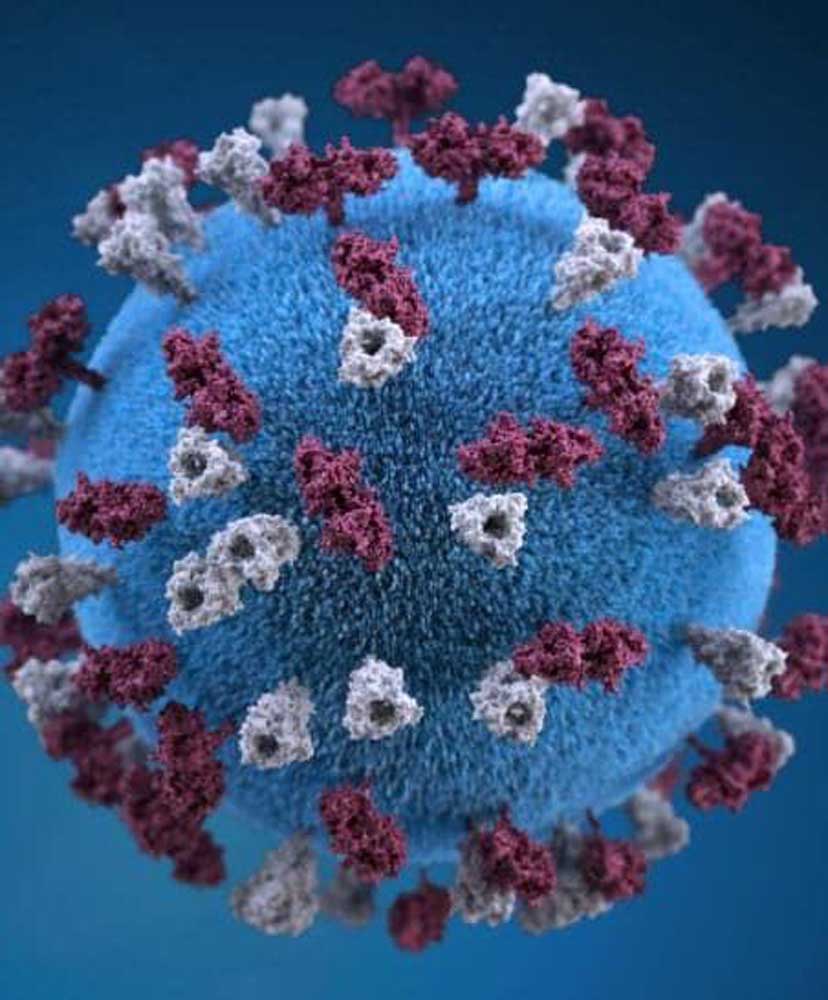Guest column: The dangers of alcohol should not be ignored
Published 12:00 am Thursday, November 29, 2018

- Guest Column
If I asked what killed more Americans, opioids or alcohol, what would you answer? Considering the amount of attention the opioid crisis has received in recent months and years, one might be inclined to answer opioids.
That answer would be wrong.
About 88,000 people die each year from alcohol-attributable deaths — through suicide or through such diseases as cancer, liver cirrhosis, pancreatitis or others — compared with 72,000 from opiate overdoses.
An analysis released recently by the Institute for Health Metrics and Evaluation at the University of Washington and reported on by USA Today, shows an alarming trend: Alcohol-attributable deaths have risen 35 percent from 2007 through 2017. Female deaths, though still far less frequent than men, have risen a shocking 85 percent over that time.
I am not writing this as a way to undersell the opioid crisis. We see its tragic effects here at BestCare Treatment Services on the daily basis.
Opioid addiction devastates the lives of those who suffer from the disease, as well as their families and friends, and should never be underestimated. Rather, this is to serve as a reminder that it is the insidious nature of alcohol abuse that can make excessive drinking, if gone unchecked, so dangerous.
Drinking’s social acceptability is a chief difference between opiate and alcohol use, and one of its main risks.
Casual use of alcohol is undeniably more accepted than casual use of opiates. And it is when we let our guards down that behaviors can become a problem.
Opiate abusers typically operate in the shadows — a danger in and of itself — to avoid the social stigma that accompanies drug addiction. At least, addicts do until they can no longer control the addiction.
On the other hand, problem drinkers often develop their addiction in full view of family and friends.
The danger is that because of the social acceptability of drinking, recognizing alcohol abuse is almost impossible for most until it becomes painfully obvious.
It seems that we are increasingly comfortable around drinking, too. Some studies suggest that alcohol-related marketing and advertising — which has doubled over the last 20 years — has normalized behaviors such as binge-drinking.
The proliferation of social media has even glorified it in some circles. And the consequences of that type of consumption, such as hangovers and even alcohol poisoning, have also become an accepted part of the lifestyle.
We see this kind of acceptance in Central Oregon, where a culture around drinking has developed. A local craft beer is a well-accepted companion to most any activity here — whether that drink comes after a weekend 10k race or during a midweek business lunch. Many of our local breweries are even considered family-friendly. For most people this kind of culture is not a problem. After all, this laid-back lifestyle and casual consumption is part of what makes living in Central Oregon so enticing.
But if the dangers of alcohol aren’t taken into serious consideration, that social acceptability can obfuscate the very real dangers of alcohol consumption and make abuse easy to miss.
Of course, some consider drinking harmless. “It’s just beer” might seem reasonable in the moment, but demonstrates an underestimation of the impacts alcohol can have. Despite its social acceptance, alcoholism is three times costlier to treat than opioid addiction, according to the Centers for Disease Control and Prevention.
In other words, alcohol is not harmless. As we enjoy the holiday season and all the accompanying revelry, it’s crucial to remember that alcohol is indeed a drug. And as with any drug — whether it be a prescription medicine, illicit drugs, marijuana or a glass of wine — its use should never be regarded lightly.
— Rick Treleaven is the executive director of Redmond-based BestCare Treatment Services.








